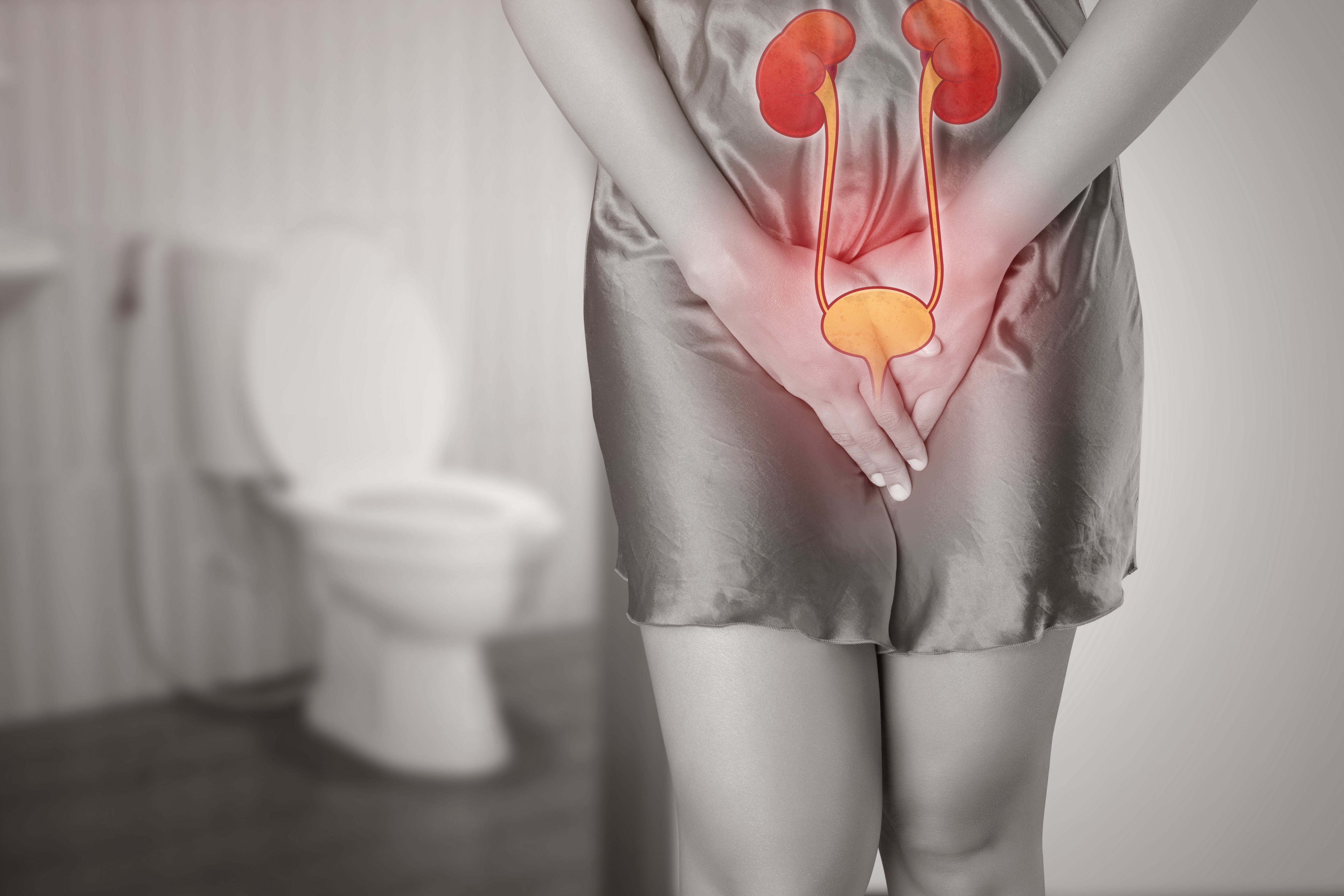Urinary Tract Infections (UTIs) are a common health concern that affects millions of people worldwide. Characterized by a set of uncomfortable symptoms including frequent urination, burning sensations during urination, cloudy or strong-smelling urine, and sometimes pelvic pain.
UTIs can disrupt daily life and lead to more serious health issues if not addressed properly. advice.
What is a UTI?
From my own experience, UTIs can be hella painful when the bacteria has multiplied. When you’re lucky you just feel itchy and you want to pee all the time.
But let’s be scientific for a minute…
A UTI is an infection in any part of the urinary system, though most infections involve the lower urinary tract — the bladder and the urethra. Women are at a higher risk of developing a UTI than men due to their anatomy.
UTIs are often caused by bacteria from the bowel, most commonly E. coli, entering the urinary tract through the urethra and multiplying in the bladder.
Symptoms include pain or a burning sensation when peeing, needing to pee more often than usual, needing to pee more often than usual during the night, needing to pee suddenly or more urgently than usual, pee that looks cloudy, and sometimes blood in your pee.
What not to do when you have a UTI
Dear reader, take this seriously. I am speaking from experience.
First of all, don’t listen to people who tell you about home remedies, sitting in her bed, hot water, or crouching above steam from hot water. Hell, some people even suggest you sit in a bucket of hot water mixed with Detol.
I have tried the latter and trust me, you don’t want to inflame your sensitive areas…
What to do then
The first thing you need to do is to prevent a UTI. Preventive measures are crucial in avoiding the onset of UTIs. Here are some scientifically supported tips:
Hydration. Drinking plenty of fluids, especially water, helps to dilute urine and ensure that you urinate more frequently, allowing bacteria to be flushed from the urinary tract before an infection can begin.
Urinate When Needed. Avoid holding urine for long periods. Urinating frequently can help remove bacteria from the urinary tract, reducing the risk of infection.
For women, wiping from front to back after using the toilet can prevent bacteria from the anal region from spreading to the vagina and urethra.
Some studies suggest that cranberry juice and supplements may reduce the risk of UTIs by preventing bacteria from adhering to the urinary tract walls. However, more research is needed to confirm this effect for everyone.
Now if you already have a UTI already, here’s what to do
Once a UTI has developed, treatment options vary based on the severity of the infection. You first need to seek medical assistance!
Usually, the doctor will prescribe antibiotics to kill the bacteria causing the infection. It’s crucial to complete the entire course, even if symptoms improve, to ensure the infection is fully cleared.
Over-the-counter (medicine given by pharmacists without needing a doctor’s prescription) pain relievers can help alleviate the burning sensation during urination and other discomforts.
There are some home remedies you can pair together with medicine such as drinking water, applying heat to the lower abdomen (externally with a hot water bag/bottle), and avoiding irritants like caffeine, alcohol, spicy foods, nicotine, and artificial sweeteners can help ease symptoms as your body recovers.
Research emphasizes the importance of prompt treatment and prevention strategies to manage UTIs. Untreated UTIs can lead to serious complications, including kidney infections (pyelonephritis), which can cause permanent kidney damage. Studies also highlight the role of individual behaviors, such as dietary habits and personal hygiene, in preventing recurrent UTIs.


